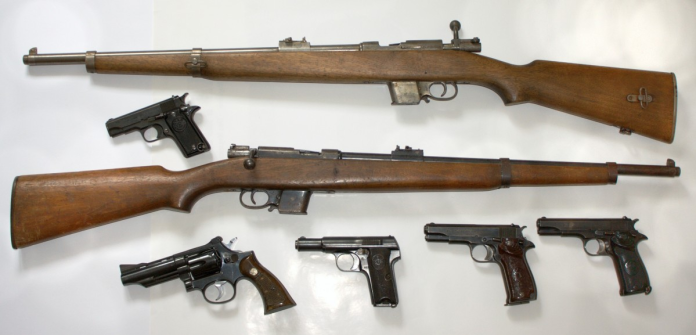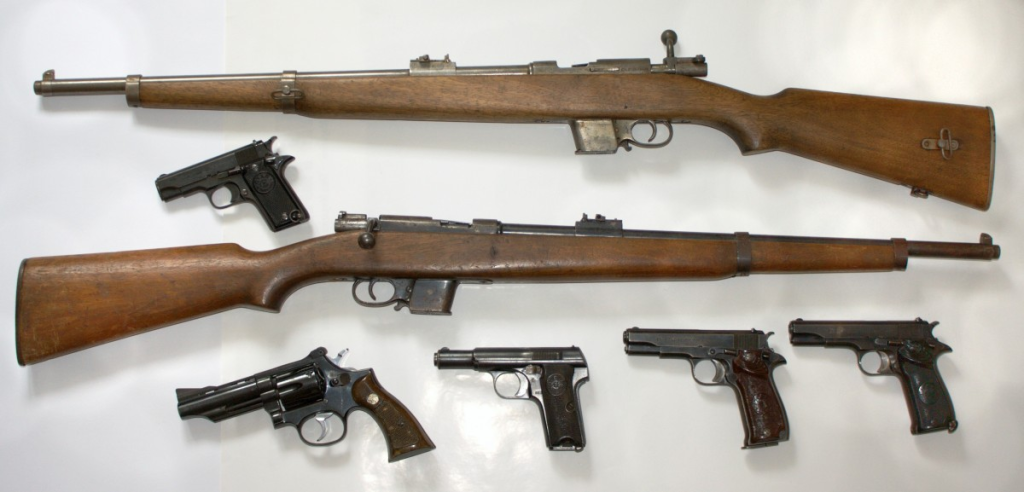
What if one of America’s most highly contentious firearm laws vanished overnight? For close to a century, the National Firearms Act of 1934 has shaped the civilian gun market, highly restricting access to machine guns, suppressors, short-barreled rifles, and other hardware deemed too dangerous for public hands. Without it, the firearms landscape would be radically different closer to what the Founders envisioned when they penned the Second Amendment.

In a post-NFA world, the line between military-grade weaponry and civilian ownership would blur. Home defenders might select from a wide armory without concern about barrel length regulations, suppressor paperwork, or a ban on selective fire. This is not fantasy, but about how technology, tactics, and history intersect when legal barriers are struck down. Here are seven areas where gun owners may experience new unprecedented freedom and capability.
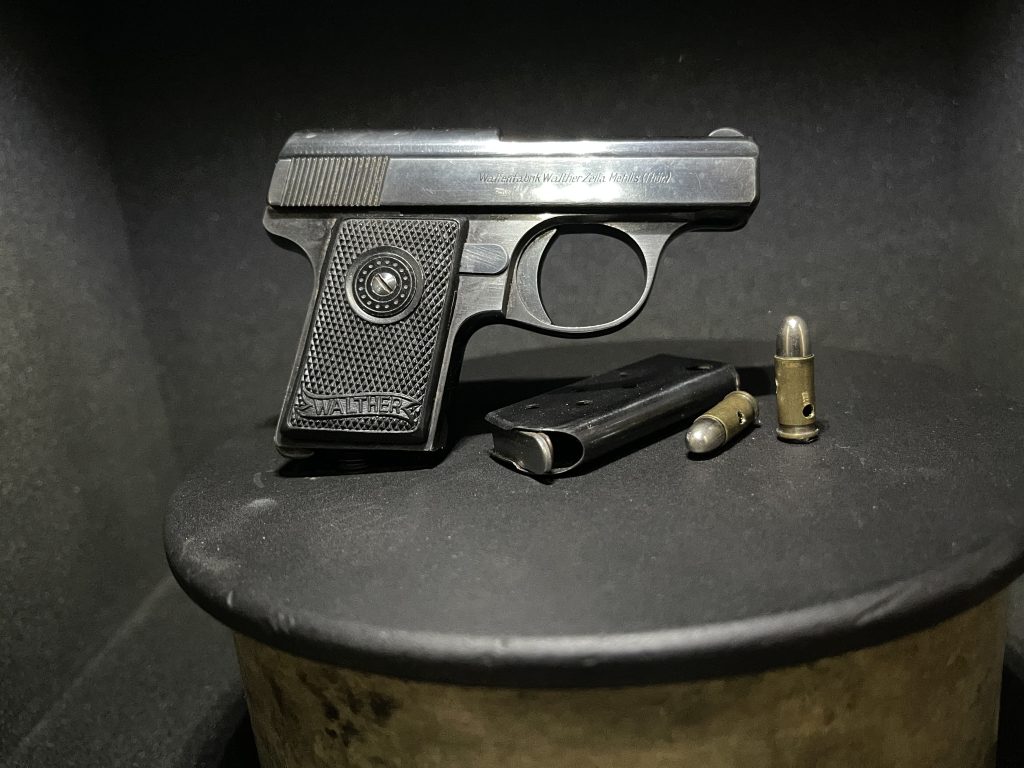
1. No Barrel Length Restrictions
Under current law, chopping a shotgun barrel to under 18 inches or a rifle barrel to under 16 inches without federal approval can land a person in prison. Without the NFA, short-barreled rifles and shotguns would be as easy to buy as any standard firearm this would make compact, maneuverable long guns common and revolutionize home defense.
Short barrels have obvious advantages indoors faster handling in tight hallways, easier storage, reduced weight. The trade-off is more muzzle flash and lessened bullet velocity, but at close-quarters distances, those are minor disadvantages compared to the agility gained. In a free market, expect manufacturers to flood the shelves with 8–10-inch pistol-caliber carbines optimized for use in defense.
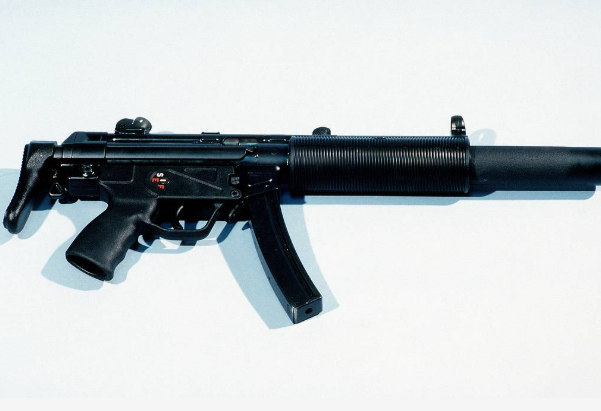
2. Widespread Availability of Suppressors
They’re highly restricted today, but silencers are legal over the counter in countries like France. And without NFA restrictions, they would quickly become a common feature of defensive firearms. Their advantages extend beyond protecting hearing reduced flash improves target acquisition, and reduced noise allows people to more easily communicate during high-stress encounters.
Integrally suppressed designs, like the fabled MP5SD, may finally come out of their shells. By porting gases down the length of the barrel to bleed off velocity, these systems slow bullets to subsonic speeds, ensuring a smoother, quieter shooting experience. For civilian shooters, designs could offer either removable cans to provide more versatility or include built-in suppression for compact handling without traditional muzzle-mounted units’ unwieldy length.

3. Selective Fire for Civilians
The NFA effectively ended civilian access to new machine guns in 1986. Without it, selective-fire rifles capable of semi-auto, burst, and full-auto would be available to anyone who could legally own a firearm. While Hollywood glamorizes full-auto mag dumps, professionals know that controlled bursts or rapid semi-auto fire are more effective in most scenarios.
Still, having the option does matter. A civilian could own a four-position selector carbine for defense, training to deliver precise double taps or short bursts. Events such as the 1980 Princes Gate operation by the SAS-where full-auto MP5s ended a hostage crisis-are examples of how such firepower can make a difference when wielded by skilled hands.
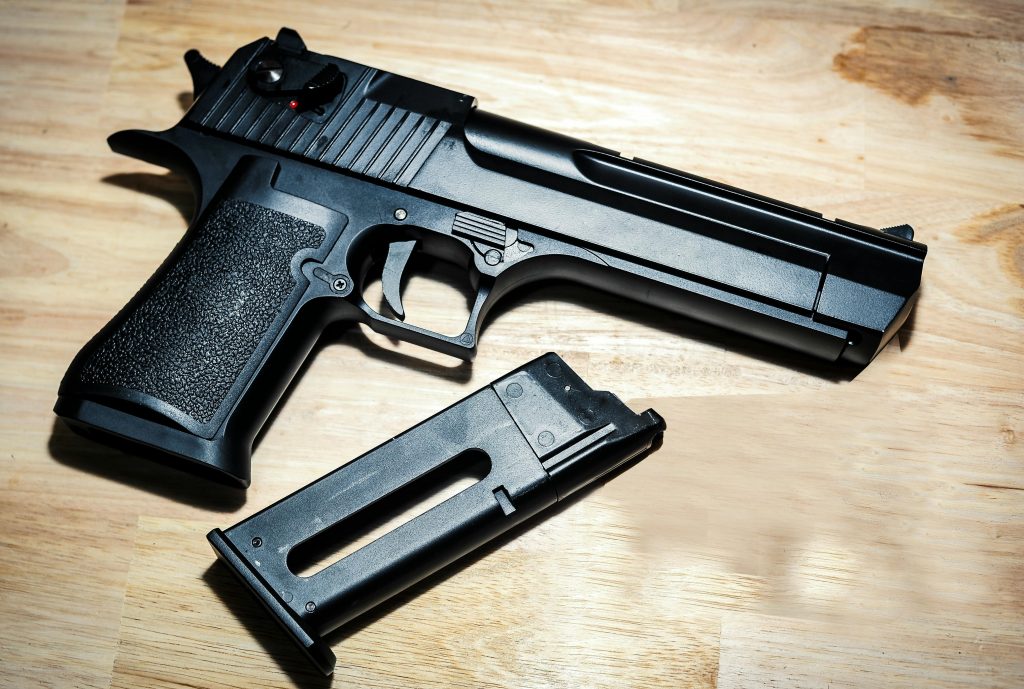
4. Increased Caliber Options for Defense
In a deregulated market, caliber debates will get even hotter. The 9mm vs 5.56×45 NATO selection would still be very relevant, each having merits of its own. The low-recoil 9mm with a high magazine capacity and compatibility with compact carbines will suit most home defenders. On the other hand, blistering velocity with a propensity to fragment in drywall creates the least overpenetration risk indoors with 5.56.
Without restrictions, hybrid platforms like 9mm-chambered short-barreled rifles and integrally suppressed 5.56 carbines would proliferate, allowing buyers to tailor their defensive setup to a given environment.

5. Resurgence of Historic Designs
Many of these iconic firearms were either limited or outright sidelined by the NFA rules. In a post-NFA world, designs such as the MP5SD, AS Val, and VSS Vintorez could be imported or produced domestically without legal barriers. These weapons combine historical significance with proven tactical performance.
Shooters and collectors would now be able to own suppressed WWII-era STEN MkII(S) submachine guns, or the ultra-quiet De Lisle carbine chambered in .45ACP; such arms had hitherto been confined to museums or military inventories, which would now see a new life in civilian hands, amalgamating nostalgia with modern utility of defense.

6. Integrally Suppressed Innovations
The market for integrally suppressed firearms would explode. Current offerings, such as SilencerCo’s Maxim-9 pistol or Daniel Defense’s DDM4-ISR, are niche products due to legal barriers. Manufacturers, unfettered by regulation, could integrate suppression into nearly every platform imaginable: from rimfire trainers to centerfire carbines.
This method reduces length and enhances balance over screw-on cans. As an example, the Ruger Silent-SR ISB barrel for the 10/22 Takedown cuts sound pressure down to about 113 decibels-quiet enough for backyard practice without disturbing neighbors. Similar designs for popular defensive rifles and pistols are likely to appear in a deregulated market.
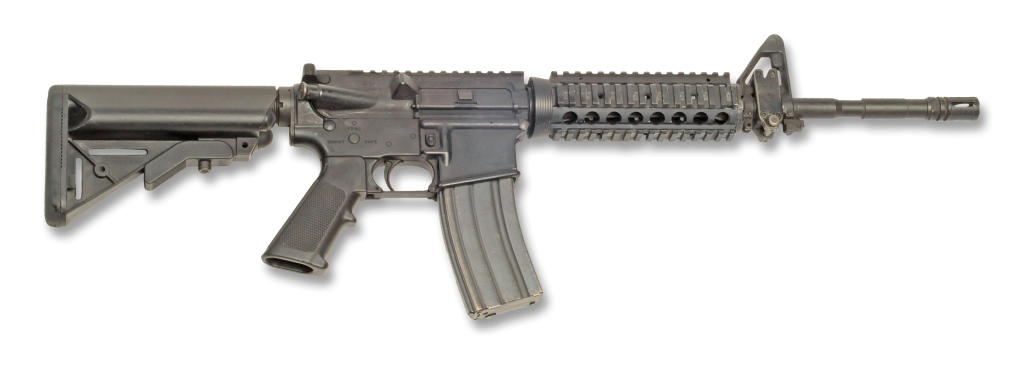
7. Civilian Access to Military-Grade Platforms
Without the NFA, civilian buyers could possess rifles such as the M4 carbine, AK-47 variants, or FN FAL battle rifles in true select-fire configurations. The modular designs would allow rapid swapping of barrels, calibers, and accessories to suit any mission profile.
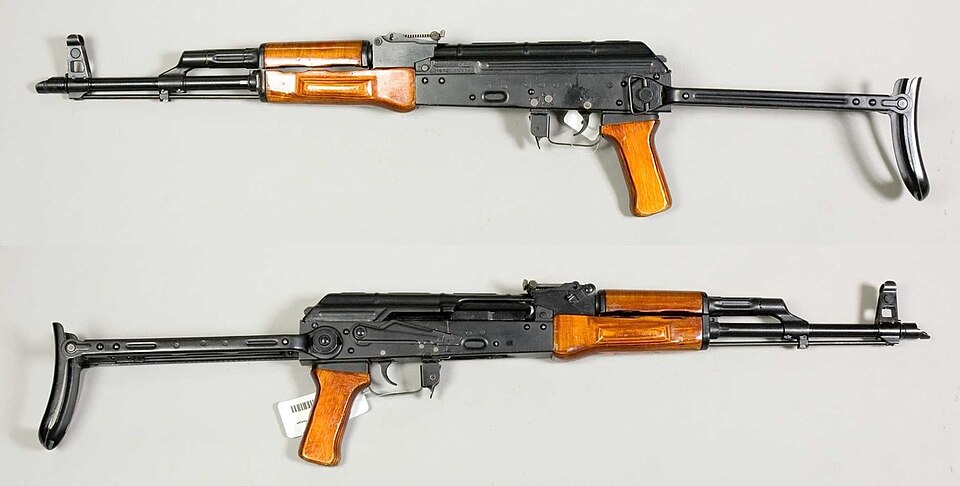
The gap between civilian and military hardware would shrink dramatically. Optics-ready receivers, advanced coatings, and lightweight composites once reserved for government contracts would be standard in consumer catalogs. This parity could drive innovation as manufacturers compete to deliver cutting-edge features to a broader market.
